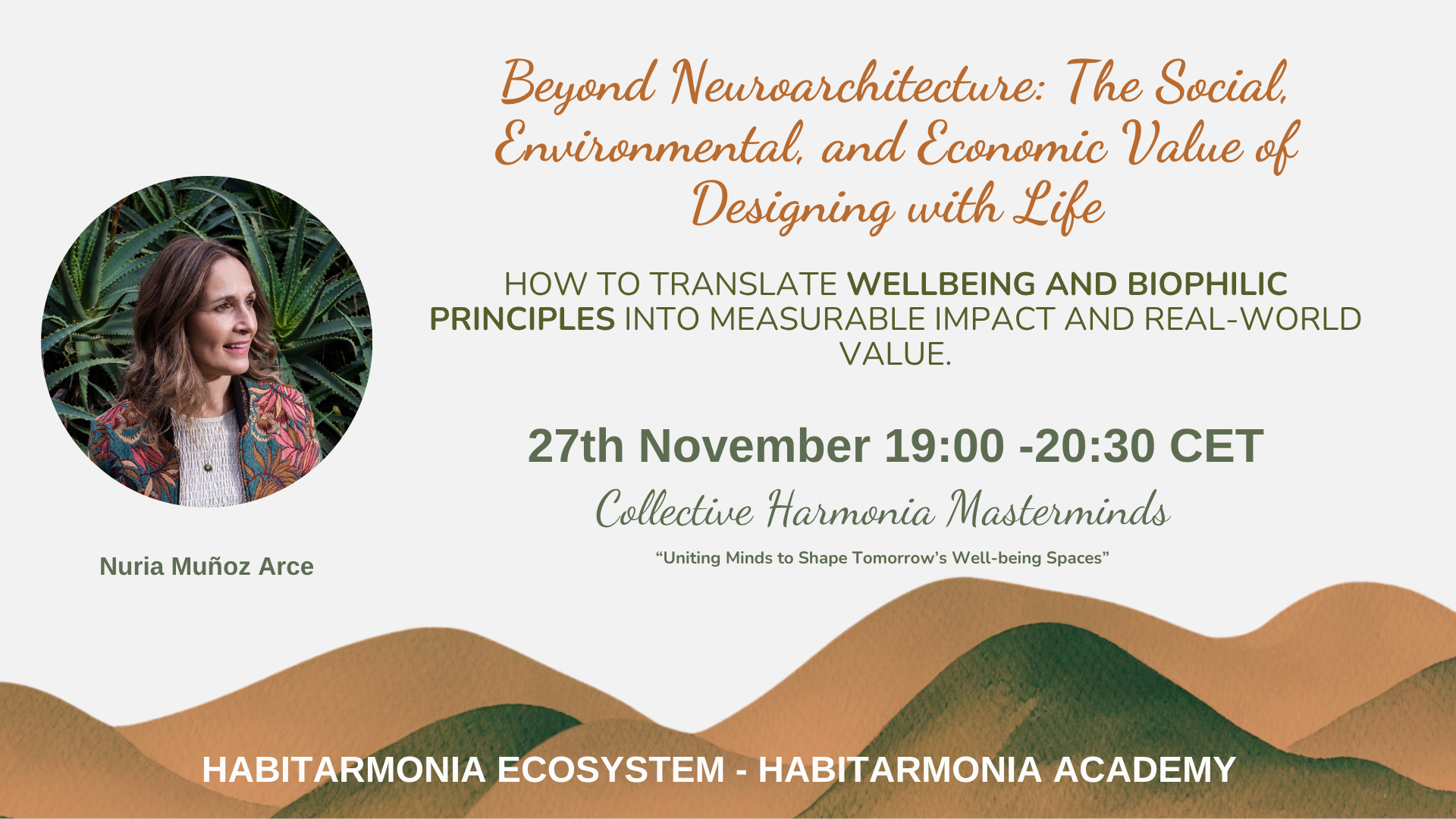Exploring the Differences Between ESG and SDG, and How Biophilic Design Can Contribute to Both
May 10, 2023
In recent years, environmental, social, and governance (ESG) factors have become increasingly important considerations for businesses and investors alike. At the same time, the United Nations' Sustainable Development Goals (SDGs) have emerged as a global framework for addressing some of the world's most pressing social and environmental challenges. While both ESG and SDG are related to sustainable development, they have some key differences.
ESG factors are a set of criteria used to evaluate a company's performance in areas such as environmental impact, social responsibility, and corporate governance. These factors can be used by investors to identify companies that are likely to perform well over the long term. Some examples of ESG factors include:
Environmental: a company's carbon footprint, water usage, and waste management practices
Social: employee diversity and inclusion, labor practices, and community engagement
Governance: board composition, executive pay, and transparency in reporting
On the other hand, the SDGs are a set of 17 goals adopted by the United Nations in 2015 to address global challenges such as poverty, hunger, and climate change. The SDGs are intended to be a universal framework for governments, businesses, and civil society to work towards a more sustainable future. Some examples of SDGs include:
Goal 2: Zero Hunger - End hunger, achieve food security and improved nutrition and promote sustainable agriculture.
Goal 5: Gender Equality - Achieve gender equality and empower all women and girls.
Goal 13: Climate Action - Take urgent action to combat climate change and its impacts.
While there is some overlap between ESG and SDG, the key difference is that ESG focuses on the performance of individual companies, while SDG is a broader framework for global sustainable development. However, both ESG and SDG are important for creating a more sustainable future, and biophilic design can play a role in contributing to both.
Biophilic design is an approach to architecture and interior design that incorporates elements of nature into the built environment. This can include features such as natural lighting, green spaces, and materials that mimic natural patterns and textures. Biophilic design has been shown to have a number of benefits, including improving mental and physical health, increasing productivity, and reducing stress.
By incorporating biophilic design into their buildings and workplaces, companies can contribute to both ESG and SDG. For example, biophilic design can help companies reduce their environmental impact by using natural materials and reducing energy usage. It can also contribute to social sustainability by creating healthier and more pleasant work environments for employees. Additionally, biophilic design can support the SDGs by promoting sustainable cities and communities, as well as improving health and well-being.
In conclusion, while ESG and SDG have some key differences, they both play important roles in creating a more sustainable future. Biophilic design can be a valuable tool for companies looking to contribute to both ESG and SDG and can help create healthier, more sustainable work environments.
Learn about our services and courses.
At Habitarmonia we want to spread the word about our passion: create healthy and well-being spaces for our customers!
Stay connected with news and updates!
Add your email to the mailing list to receive information on the latest courses and enrolments.
We hate SPAM. We will never sell your information, for any reason.


